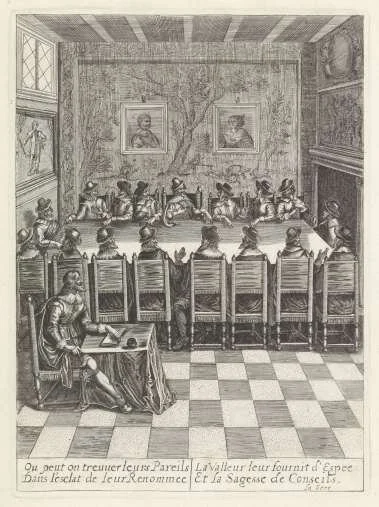Riot
By Mike Wallace
All day the twelfth of August 1900, the city roasted through a heat wave. Night brought no relief. In Hell’s Kitchen, sleepless residents perched on stoops or fled to local watering holes. Arthur Harris, a 22-year-old, Virginia-born recent migrant, sought refuge at McBride’s Saloon on the corner of Eighth Avenue and 41st Street, just down the block from the apartment in which he lived with his girlfriend, 20-year-old May Enoch. At 2:00 a.m., Enoch came by, asked him to “come on up home,” then waited outside for him to join her. On departing, Harris found her struggling in a man’s grip. He leapt to rescue her. The man produced a club and began battering him, shouting racist epithets. Harris pulled a knife and cut his assailant twice. Robert J. Thorpe, a plainclothes policeman who had been arresting Enoch for presumed soliciting, fell mortally wounded.
Read More
